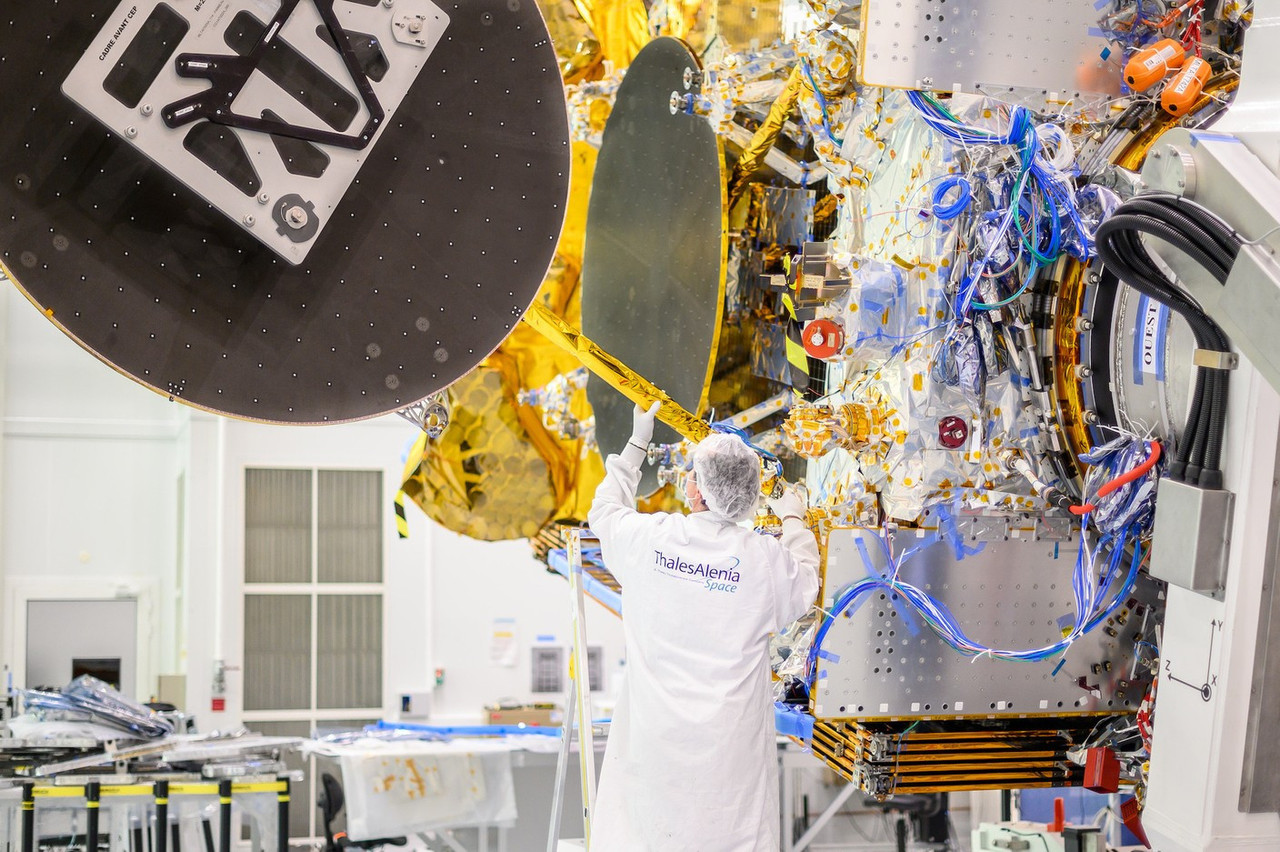SES in October launched its SES-17 satellite, which the as “the most advanced and versatile satellite in our fleet.” It has a total processing capacity of 200GHz and an all-digital payload connected to around 200 beams, capable of maintaining a throughput of 2Gb/s per connection.
“We are excited to have the highly-anticipated SES-17 satellite start delivering services, while redefining and transforming the digital landscape for many different applications across the Americas and ultimately bringing high-speed connectivity to people wherever they are,” said Ruy Pinto, chief technology officer at SES.
The geostationary Ka-band satellite covers the Americas, the Caribbean and the Atlantic Ocean. Customers include the aeronautical and maritime sectors, private businesses and government clients.
For example, it delivers capacity for FlytLive, a next-generation aviation connectivity solution by aerospace company Thales enhancing Wifi experiences onboard commercial aircraft across the Americas and the Caribbean.
Customers in Brazil, Argentina, Colombia, Mexico, Canada will be able to expand the reach and capability of their broadband networks to more remote areas.
Kleos launch in October
New space company Kleos in the meantime is preparing its fourth satellite cluster for launch on the Transporter-6 SpaceX mission.
The launch is expected to take place in October, roughly six months after Kleos shot its third satellite cluster into space.
“The upcoming launch brings our low earth orbit constellation to 16 satellites, further increasing our data collection, intelligence, and reconnaissance capabilities. The Observer Mission features VHF and X-Band collection payloads, providing additional value and capabilities to our government and commercial data customers,” said CEO Andy Bowyer in a statement.
Kleos locates radio transmissions in key areas of interest around the globe via clusters of four satellites that efficiently uncover data points to expose human activity on land and sea.
For example, the satellites can be used to detect illegal fishing or trafficking at sea. Kleos launched its first cluster in November 2020 while a second batch of four satellites, the Vigilance Mission, was sent into orbit in June 2021.
The company targets up to 20 groups of its shoe-box size satellites.
